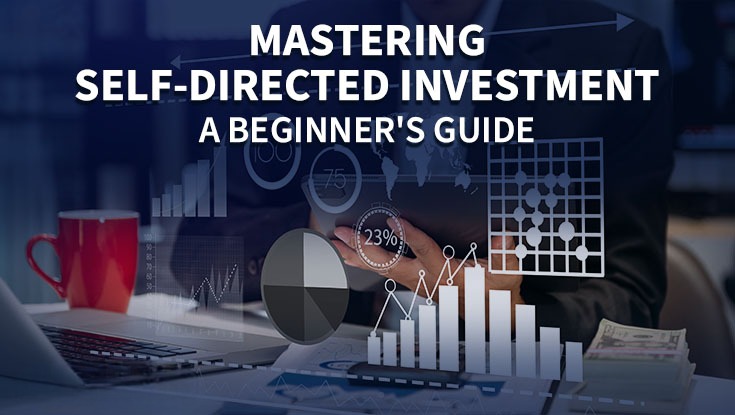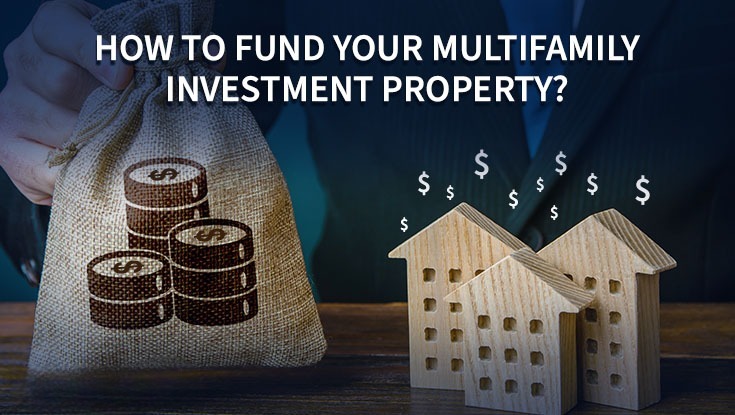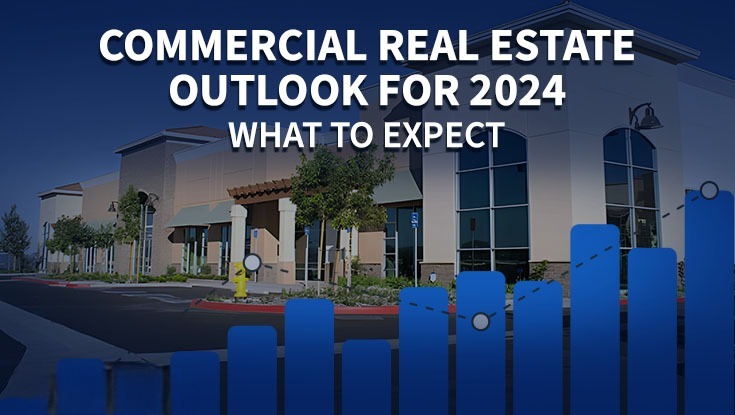The self-directed investment world is entering an exciting phase in 2024. It comes with new opportunities and challenges ahead. Our guide aims to demystify the complexities and highlight the opportunity’s essentials.
This is for investors aiming to maximize their potential in this lively environment. We’ll list what you need to know to stay ahead of the game.
Understanding the Essentials About Self-Directed Investment
Self-directed or DIY investing empowers individuals to take control of their financial future. Instead of relying on financial advisors, you make investment decisions on your own. This approach offers flexibility, power, and the potential for significant financial growth.
What You Need to Know About Do-It-Yourself Investing
DIY investing involves managing your stake portfolio. You choose where to invest your money, whether in stocks, bonds, real estate, or other assets. This level of control allows you to tailor your investments to your financial goals and risk tolerance. Here are some of the advantages of DIY investing:
- Control: You have complete control over your money decisions. This autonomy allows you to tailor your financial strategy to your specific goals and needs.
- Diversification: You can diversify your portfolio to mitigate risk. Diversifying your investments reduces the risk of losing money in one place.
- Cost Savings: By eliminating advisor fees, you can save money. Managing your investments by yourself can lead to significant cost savings over time. It allows more of your money to work for you.
- Learning Opportunity: This venture is a valuable learning experience. Engaging in self-directed investing provides hands-on learning opportunities. It empowers you to become more financially savvy and confident in your decision-making.
Stakeholder Investment: Potential Challenges Ahead
Here’s a look at the potential pitfalls of this kind of stake. It highlights the risks involved
- Risk: With great control comes great responsibility. You are solely responsible for your stakeholder outcomes. So, assess risks and plan to reduce them.
- Learning Curve: Self-directed investment requires a learning curve and ongoing education. Embracing this curve means continuously seeking knowledge. It also involves adapting to changes in the investment landscape.
- Emotional Challenges: Managing emotions during market fluctuations can be challenging. Staying calm and rational during market changes is essential for successful long-term investments.
Learning to Build Your Investing Strategy
A successful DIY investor needs a well-defined strategy. This section will explore the critical components of creating an effective stake strategy.
- Setting Clear Goals: Before investing, you must define your financial goals. Are you saving for retirement, a down payment on a house, or your child’s education? Clearly defined goals will guide your decisions.
- Risk Tolerance Assessment: Understanding your risk tolerance is crucial. Assess how comfortable you are with the possibility of losing money in the short term for potential long-term gains.
- Asset Allocation: Diversifying your portfolio across different asset classes can help spread risk. Learn how to divide your assets strategically based on your goals and risk tolerance.
- Research and Analysis: To make smart choices, you must thoroughly research and analyze potential investments.
What Beginners Must Know about Self-Directed Investment
As a new investor starting your DIY journey, you must keep learning to build on what you know. Give time to master the art by doing these essentials below:
- Advanced Stake Strategies: Explore advanced strategies. These include dollar-cost averaging, value investing, and asset rotation to optimize your returns.
- Tax-Efficient Investing: Learn how to cut tax liabilities through wise stake choices and tax-efficient accounts.
- Risk Management Techniques: Discover techniques for managing risk effectively in self-directed investment. It includes stop-loss orders and diversification strategies. This will shield your portfolio from potential downturns.
Continuous learning about these advanced ideas will empower you as you progress with your DIY investing. You’ll be able to navigate the financial landscape with confidence and maximize your returns. Remember, continuous learning is the key here.
Frequently Asked Questions
How much money do I need to start with self-directed investment?
The money you need to start depends on your chosen investments. You can start this venture with as little as $500 or even less.
Can I self-direct my retirement accounts, like a 401(k) or IRA?
Many options are available for this type of retirement account. It allows you to choose your investments within the account’s guidelines.
Is self-directed investment riskier than traditional investing?
It can carry more risk due to the absence of professional guidance. However, with proper education and strategy, you can mitigate these risks.
How do I choose the right brokerage for self-directed investing?
Consider fees, available investment options, and research tools. Also, customer support when selecting a brokerage is vital.
How can I stay updated on market trends and news?
You can stay informed by following financial news outlets. You can also subscribe to market newsletters and use investment research platforms.
Should I hire a financial advisor before getting into this kind of scheme?
Some investors consult financial advisors for specific guidance or reassurance. Yet, it’s not always necessary.
Conclusion
Congratulations! You’re on your way to mastering self-directed investment. Armed with knowledge, you’re ready to navigate the world of finance confidently. Remember that this is a continuous learning experience. So, stay informed, adapt to market changes, and watch your financial future thrive.
About StoutCap:
StoutCap focuses on helping accredited investors build passive income and wealth through multifamily real estate investments. As a private real estate investment firm, we work across the United States. Strategically, we acquire and manage multifamily assets in high-growth markets. Our mission is to provide clients with the opportunities and expertise needed to reach financial goals in the dynamic world of real estate investing. Explore the potential of multifamily real estate with us.





